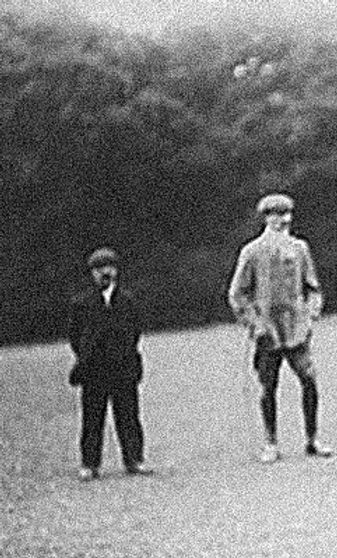

The whole dense mass alive with insects. Lacy winged things. Ladybirds. Pale-winged butterflies alighting delicately and then flitting on like rose petals strewn on an erratic breeze
“It was a golf course at one time, did you know that?”
I think she sensed trouble. In any event, there was a discontinuity on offer here, beat after beat of dead air, before she replied.
“What was a golf course?”
“All of this,” I said, standing and turning to face inland.
This. All of it. The whole tabletop of land between our deep valley and the next coombe along, the tree-choked catastrophic rift we called The Lost Domain; this, the whole of it, everything up here, grazing for sheep mainly but with the odd thicket of gorse, stretching back from the cliff edge to the line of the abandoned railway a mile or so inland.
I gestured, pointed, semaphored, windmilled; and then, because she remained silent, I continued: “It was designed by James Braid. There’s a couple of lines about it in that little pamphlet we got in the church hall.”
Still no response. I could hardly blame her. Since picking up this pamphlet, which contained a potted history of the area, I’d come close to irritating her once or twice by quoting facts from it. It wasn’t that she wasn’t interested in local history – more the feeling, I expect, that this was yet another territory I’d moved quickly to colonise unconditionally as my own. And I could see that talking about golf wasn’t necessarily a good idea either.
But no, I wasn’t going to stop now – because it had all sort of clicked. It had come together. “That copse back there. The thing is, it isn’t really a copse. That’s to say, I mean it is. It is now. But originally it was a privet hedge. In fact, I’m almost certain it was. I’ll bet it went round the club house. Round the back. The back and the sides. The front would have been open so you could sit on the terrace and take in the view. I’ll bet you.”
